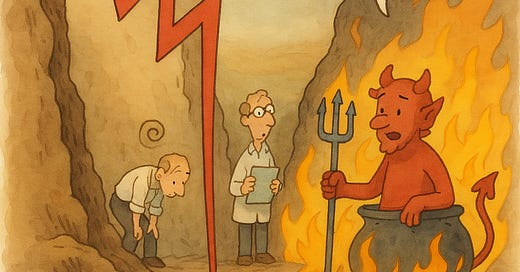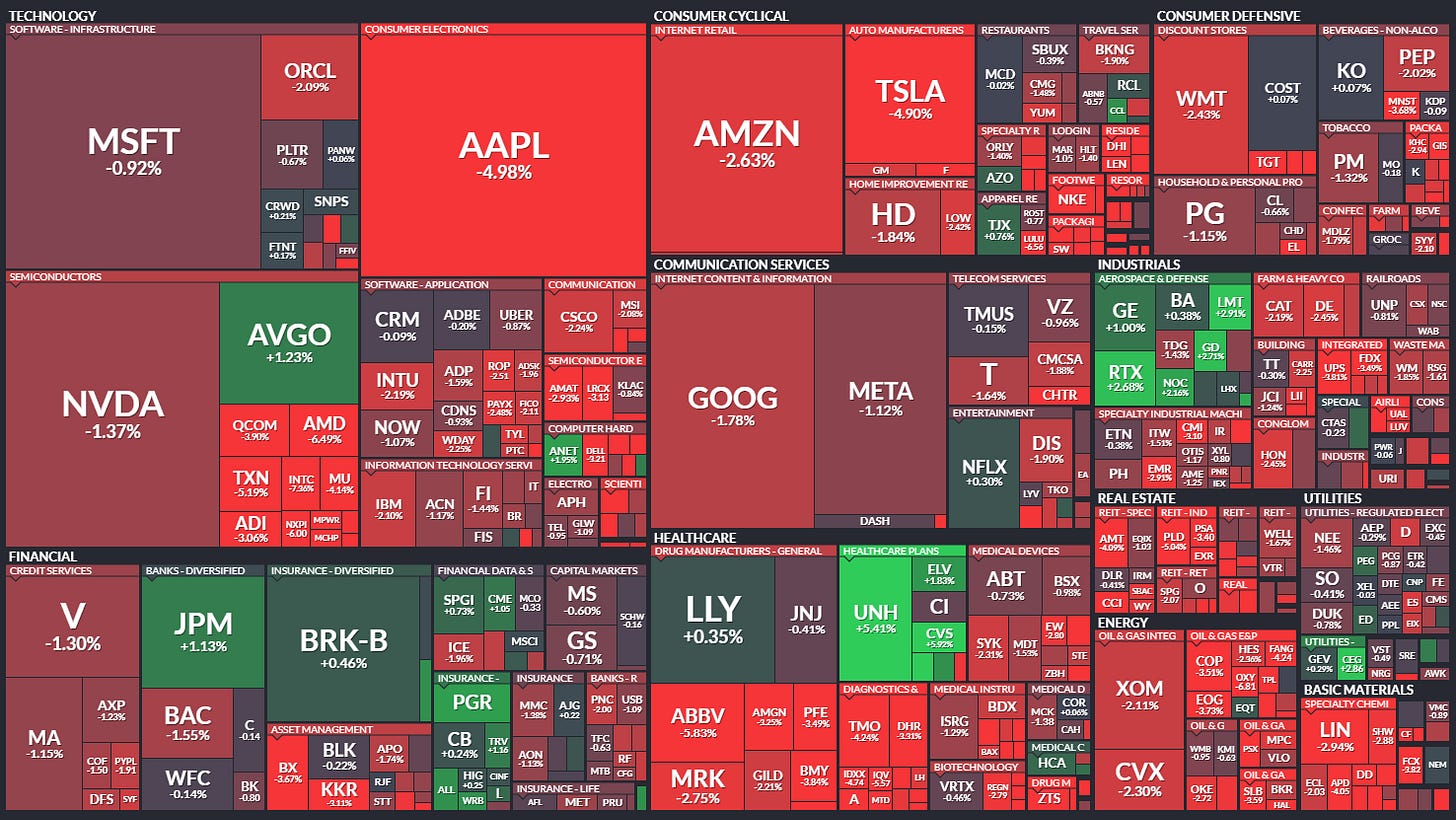Volatility, Trade Wars, and Falling Indices: What’s Happening in the Markets?
Market News 9 APR
U.S. stock markets came under heavy pressure again on Tuesday. Despite a strong open and early gains, major indices closed deep in the red: the S&P 500 dropped 1.6%, the Nasdaq 100 fell 1.95%, and the Dow Jones lost 0.84%. So, what triggered this reversal?
The main driver of the selloff was a fresh escalation in trade tensions between the U.S. and China. President Trump threatened to impose an additional 50% in tariffs if China does not withdraw the 34% tariffs it had implemented. In response, China vowed to "fight to the end." This statement prompted a sharp reevaluation of risks, leading investors to sell off assets.
The White House confirmed that there would be no exemptions — not even for Apple or the auto industry. This only heightened concerns about the fragility of global supply chains.
Tuesday began with strong optimism, as indices climbed as much as 4% on hopes of potential trade deals with Japan and South Korea. But the mood quickly turned after the announcement of additional tariffs on China and the U.S. rejection of the EU’s proposal to eliminate industrial trade tariffs. The result — early gains were erased, and markets closed sharply lower.
Biggest Declines
Tech stocks suffered the most. Apple lost 5%, Nvidia fell 1.4%, Amazon dropped 2%, and Tesla declined 4%.
Chipmakers were especially weak: ON Semiconductor dropped 8%, AMD fell 6%, Intel slid 7%, and Qualcomm declined 3%.
Consumer goods and materials sectors also saw significant declines — down 2.5% to 3%.
Every sector in the S&P 500 gave up early gains and finished the session lower.
Some Bright Spots
Despite the broad decline, a few companies posted gains:
Humana (+10%), CVS (+5%), and UnitedHealth (+5%) rose after the announcement of higher payments under Medicare Advantage plans.
Defense stocks (Lockheed Martin, Northrop Grumman, RTX) gained on rising geopolitical tensions.
Broadcom added over 1% after announcing a $10 billion stock buyback program.
Applied Materials got a boost after its CEO purchased nearly $6.9 million worth of shares.
Geopolitics and the Fed Add Fuel to the Fire
Global markets were under pressure as well, with tensions mounting between major trade partners, a weak U.S. bond auction, and looming inflationary concerns.
The Fed maintained a cautious stance. The San Francisco Fed president said the central bank would wait to see how trade policy evolves before making any changes to interest rates.
Meanwhile, the yield on 10-year U.S. Treasuries jumped to 4.23%, reflecting rising inflation fears among investors.
Markets now look to upcoming catalysts:
FOMC meeting minutes (Wednesday)
Inflation data (Thursday and Friday)
Consumer sentiment index (Friday)
Start of Q1 earnings season with major U.S. banks reporting
Earnings growth for Q1 is projected at around 6.7% (down from 11% expected earlier), indicating softening economic expectations.
The U.S. stock market once again demonstrated how quickly investor sentiment can shift. Even a strong start can't guarantee a strong close. With trade conflicts escalating, uncertainty in monetary policy, and weakening economic data, volatility is likely to persist.




